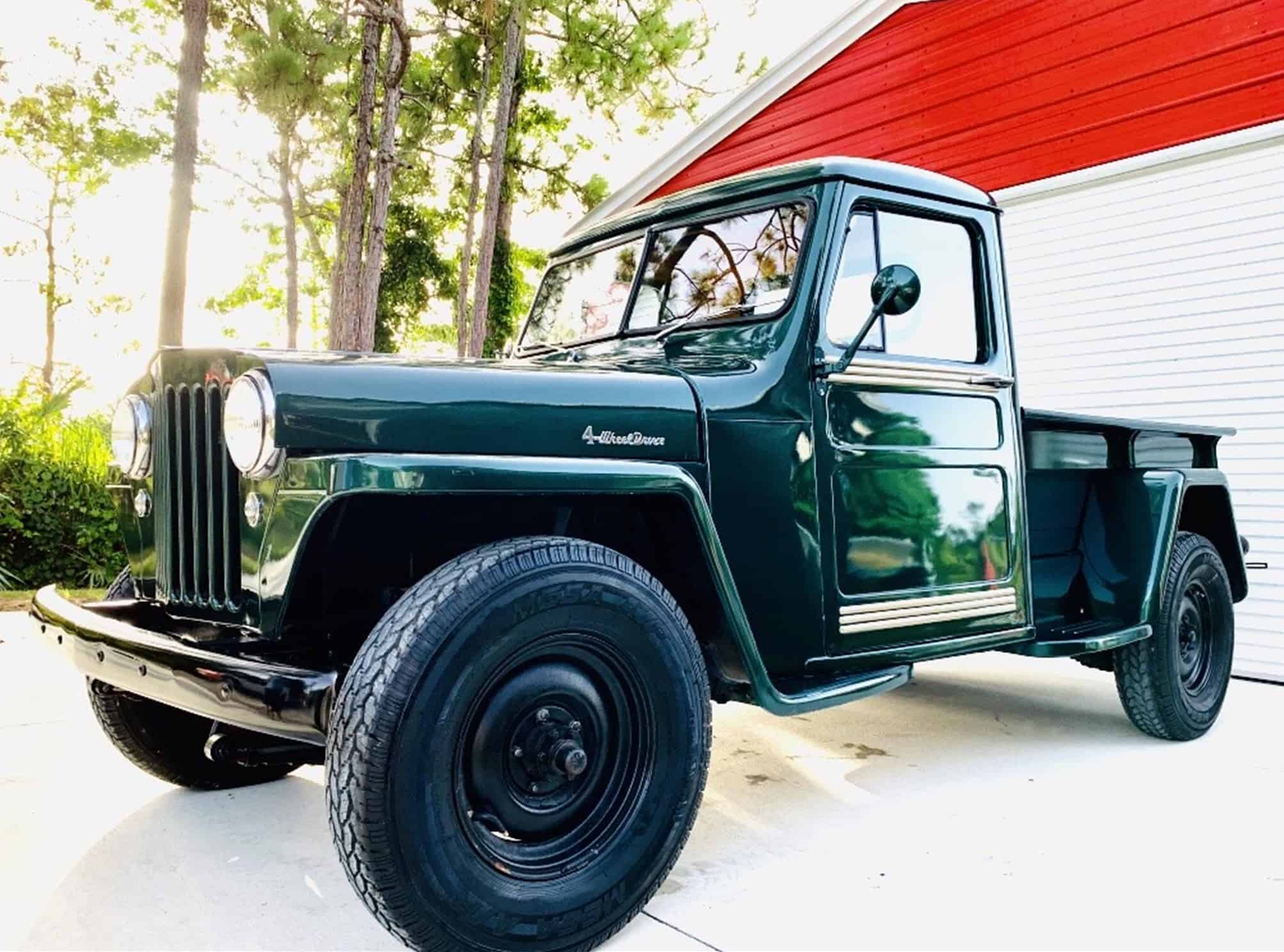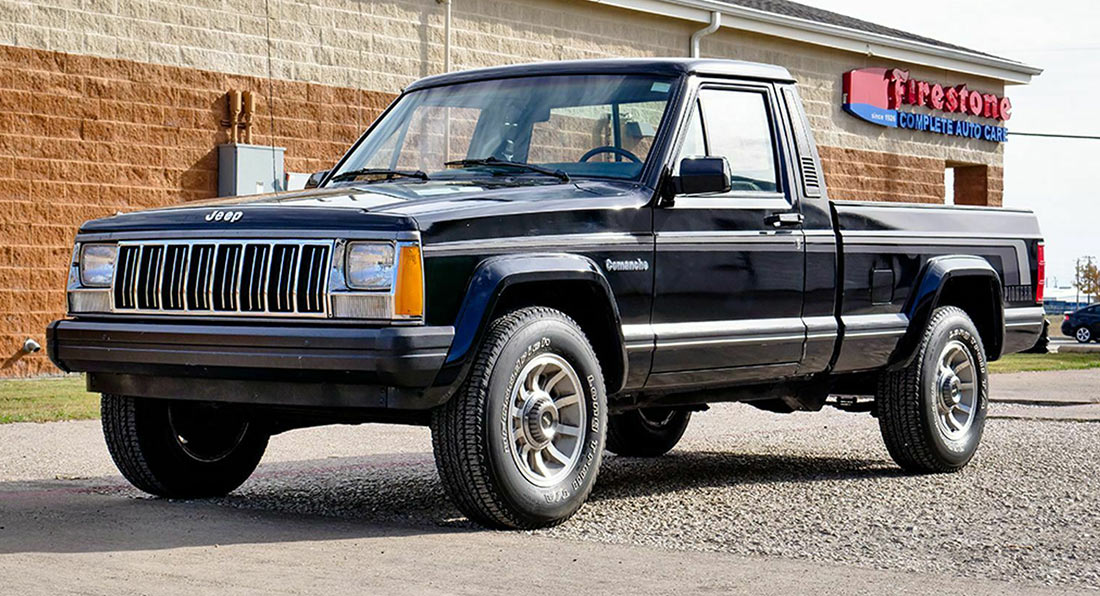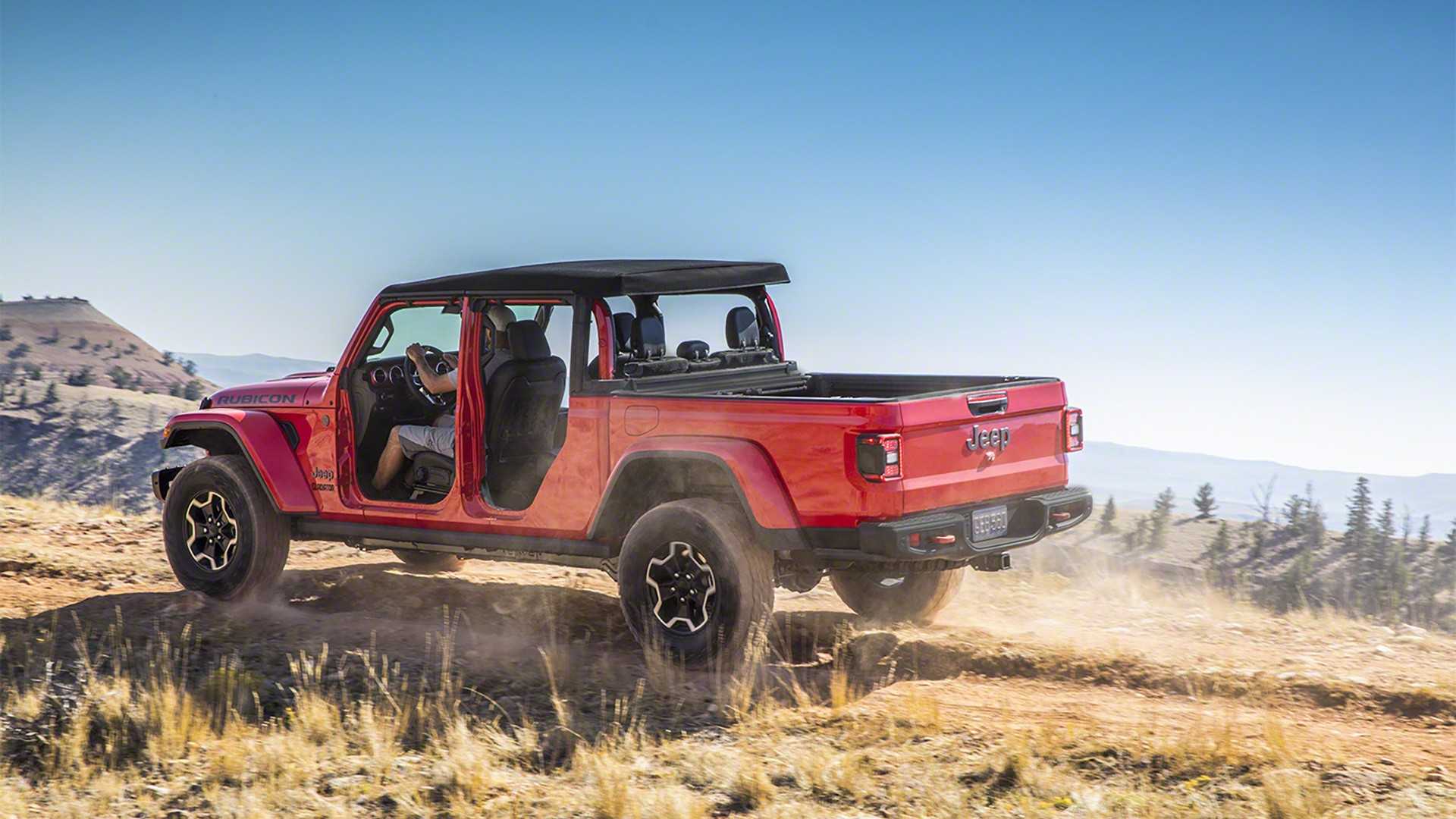


The 401 produced 330 hp (246 kW 335 PS) and 430 lb⋅ft (583 N⋅m) of torque.įor 1977, Jeep J-10 pickups included Dana's manual four-wheel-drive system, a more powerful 258 cu in (4.2 L) six-cylinder engine, and heavier axle tubes, while power front disc brakes became standard equipment and the considerably greater GWV capacity J-20s included AMC's 360 cu in (5.9 L) V8 engine. These engines are known for their toughness and excellent power output. The Quadra-Trac system was now available with all engines. Larger brakes were made standard and the turning radius reduced. The model designations were simplified for 1974, with the J-2000 and the J-4000, which designate wheelbase, being swapped out for the J-10 and J-20, designating payload capacity. The AMC 360 cu in (5.9L) was offered in 1971 and through 1988. The AMC 258 cu in (4.2 L) I6 engine was introduced in 1972 and offered through 1988.
#JEEP TRUCK SERIES#
The pickups were designated as J2000 and J4000 models (the 3000 series was dropped in 1971) until 1973, then as J10 and J20 models from 1974 to 1988.įrom 1971 to 1972 Jeep pickups offered the AMC 304 cu in (5.0 L) 210 hp (157 kW 213 PS) V8 as an optional engine. The Gladiator name was dropped after 1971, after which the line was known simply as the Jeep pickup, or J-series. J20-based Ambulance built like a chassis-camper (New Zealand) An AMC badge was also added on the grille. This was the truck's first styling change since its introduction. In 1970, the Gladiator's front grille was changed to the same design as the Jeep Wagoneer SUV.

The Buick engine was replaced by the 360 cu in (5.9 L) or 401 cu in (6.6 L) AMC V8s. The Jeep trucks moved to all AMC engines to improve performance and standardize production and servicing. From 1968 to 1971 Jeep pickups offered the Buick 350 cu in (5.7 L) 230 hp (172 kW 233 PS) Dauntless V8 as an optional engine.Īmerican Motors Corporation (AMC) purchased the Kaiser Jeep operations in 1970 when Kaiser Industries decided to leave the automobile business. įor 1968, the flared-fender Thriftside models were dropped while a new camper option was added for the J-3600. In 1967 all (RWD) two-wheel drive versions, except for the J-100 panel delivery, were dropped due to poor sales. The standard Tornado engine was replaced by American Motors' 232 cu in (3.8 L) OHV inline six. In early 1963, Willys Motors changed its name to Kaiser Jeep Corporation.ĭuring 1965 the 327 cu in (5.4 L) AMC V8 engine became available. įurther innovations for four-wheel-drive pickups included optional automatic transmission (an industry first), as well as power brakes, power steering, and just like early post-war Jeeps a power take-off for numerous accessories that included snow plows and push plates. It was the first production overhead cam engine in an American light truck or SUV and one of the first OHC engines offered by an American manufacturer.

Ī new overhead cam Jeep Tornado engine 230 cu in (3.8 L) straight-six producing 140 hp (104 kW 142 PS) was standard. The load bed options were Townside, Thriftside (a conventional bed, similar to a Ford "Flareside" or Chevrolet "Stepside"), and Stake Bed, with up to 8,600 lb (3,901 kg) G.V.W. Gladiator trucks were available as: Cab and Chassis Wrecker Stake Bed and chassis-mounted campers with extended wheelbases. Most likely very few were produced with this option. It was a simple IFS design with a Dana 44 center section, that proved troublesome, did not sell well, and the option was deleted in 1965. A remarkable innovation was the available independent front suspension (IFS) instead of a solid front axle on the 4WD half-ton Gladiator trucks. Gladiators were available in RWD and 4WD, with optional dual rear wheels. Introduced in 1962 for the 1963 model year, the Gladiator was a conventional body on frame pickup design that shared its basic frame architecture and front end with the Jeep Wagoneer four-wheel-drive station wagon.


 0 kommentar(er)
0 kommentar(er)
